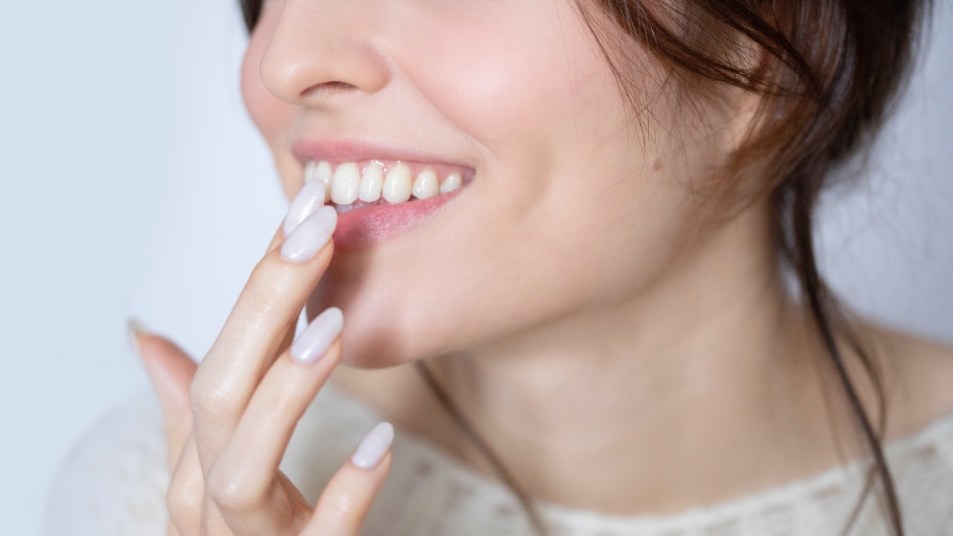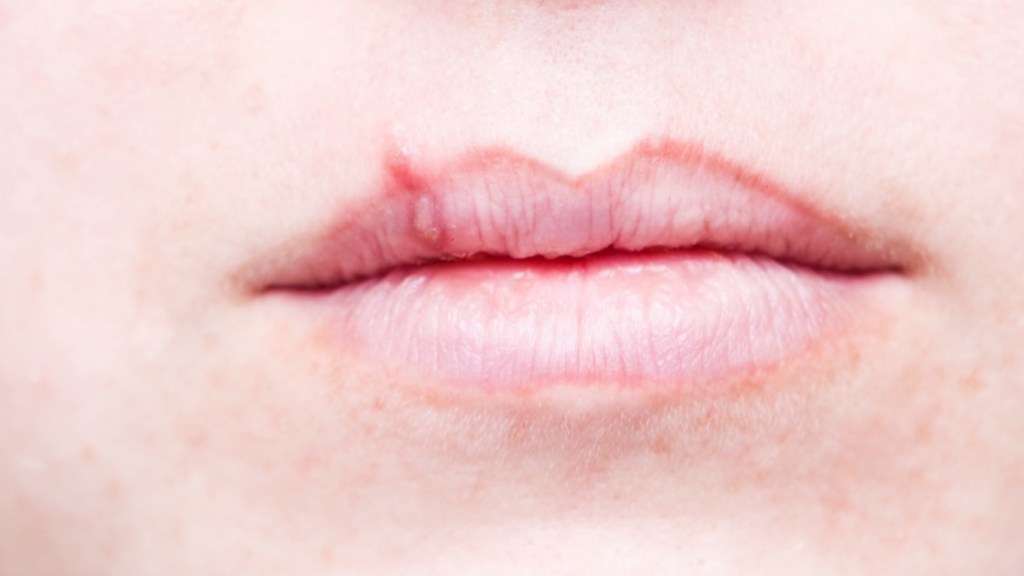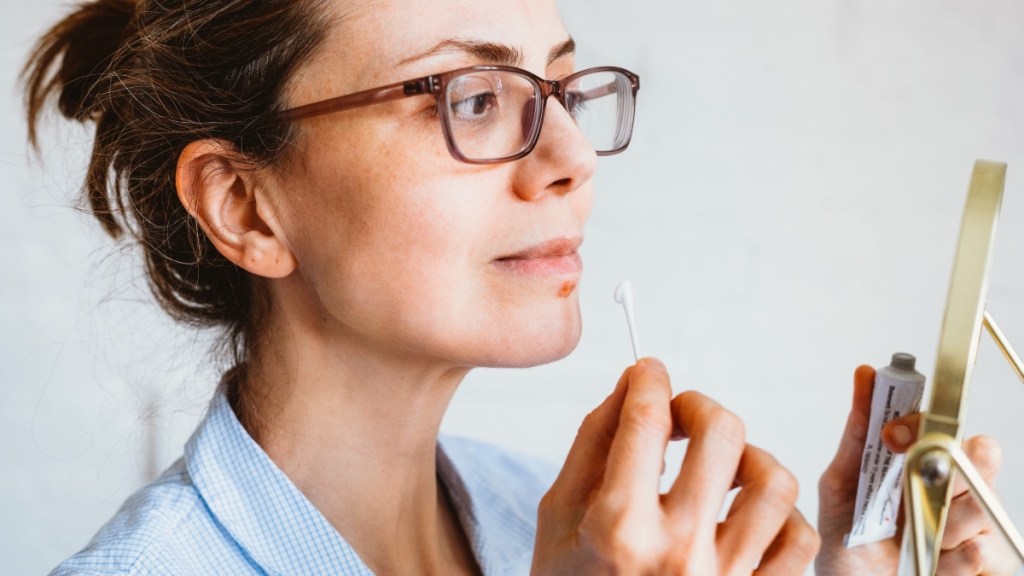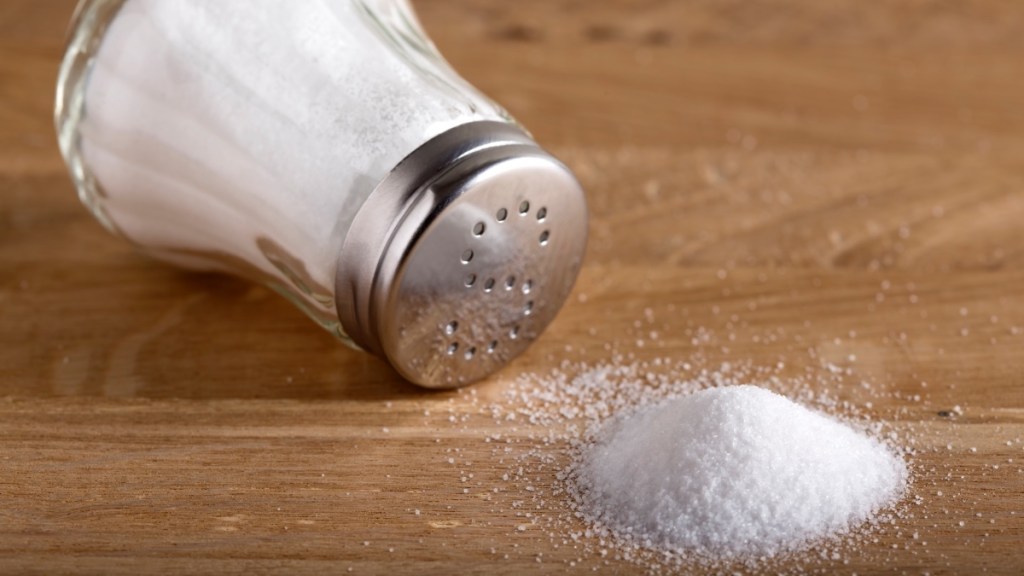Experts Reveal How to Get Rid of a Cold Sore + the TikTok Trend You Shouldn’t Try
Plus see how propolis, an antioxidant-rich cousin to honey, speeds healing

If you’ve ever had a cold sore, you’re familiar with the first hint of trouble. A tingling signals an unwelcome visitor is about to make an appearance, usually at the worst possible time. Soon, a small spot turns into a noticeable blemish. It’s not just the itch or sting that’s annoying; it’s the embarrassment, too. And when symptoms flare, what you really want is to know how to get rid of a cold sore in 24 hours — if not sooner. While making a cold sore disappear overnight might be wishful thinking, you can ease the pain, speed healing and ward off future outbreaks. Here’s how.
What is a cold sore?
Cold sores are painful and infectious blisters or open wounds. Situated in or around the mouth, they are caused by the Herpes Simplex Virus. Transmission is primarily through contact with bodily fluids, making it possible for an infected person to spread the virus via saliva, even in the absence of visible sores. Once the virus makes its way into your system, it’s there to stay, lying dormant before potentially flaring up again. These outbreaks are most contagious at the point of rupture, but generally run their course over 5–15 days.
“The prodrome of tingling is when you’ll start to see these little fluid filled blisters appearing on your lip,” says Deborah Foyle, DDS, a professor at Texas A&M School of Dentistry. “Then after a couple of days, they burst, coalesce and you get a scab. And that’s when it’s healing.”
They’re incredibly common, affecting around 50–80% of adults in the US. Some might get them just once, while others face recurring episodes. About one-third of people prone to them experience recurring sores.
There are actually two types of herpes virus, says Stephen Schleicher, MD, a Pennsylvania-based dermatologist. Herpes Simplex Virus Type 1 (HSV-1) is the one most are familiar with, commonly leading to cold sores around the mouth. Then there’s Herpes Simplex Virus Type 2, typically linked to genital herpes. (See how to relieve the pain and itchy of a vaginal ulcer caused by HSV-2).

How cold sores are spread
For many, the initial encounter with a cold sore occurs in infancy. It can happen through everyday gestures of affection, like a kiss from a doting relative, says Dr. Foyle. Infants are particularly vulnerable to the virus around the time they begin teething, a period when their resilience may already be compromised.
The virus then takes up a permanent post within the body’s nerve cells, ready to flare up in the future. Unlike the initial outbreak, which can be very painful, subsequent episodes are generally less severe, says Dr. Foyle. Transmission of the virus can also spread by sharing utensils, drinking glasses, lip balm, or razors with someone who is infected.
When the virus is dormant, you can’t pass it along. However, before a cold sore visibly breaks out, it may already be contagious, says Dr. Schleicher, author of the book Skin Sense! “Unless there are visible signs of fever blisters, it’s impossible to know when the virus is present on the surface and potentially infectious to others, since it’s microscopic,” he says. As a general rule, you’re much more contagious when you have visible lesions.
Common triggers for a cold sore outbreak
After the primary infection, compromised health can reactivate the virus, earning it the moniker “cold or fever blisters,” Dr. Schleicher says. Other common causes:
- Stress: Both physical fatigue and emotional stress can diminish the immune system’s capacity to keep the herpes virus at bay, Dr. Schliecher notes.
- Hormones: “It’s linked to anything that’s stressful, so hormonal changes can stimulate it as well,” Dr. Foyle says, noting this includes the changes that occur during perimenopause and menopause.
- UV rays: When the skin suffers UV damage, the immune system’s focus shifts towards healing the skin, lowering its guard against the virus.
- Dental work: The virus may show up in the mouth two to four days after dental procedures. “They appear on the gums or hard palette and might mimic other dental issues like toothaches due to their proximity to the teeth,” Dr. Foyle says. “Many people don’t realize that the sores inside their mouth after dental work are the same cold sores that appear on the lips but, unfortunately, that happens.”
How to get rid of a cold sore in 24 hours
It’s true that DIY remedies aren’t likely to get rid of a cold sore in 24 hours. But the good news is that these simple fixes can help ease discomfort and encourage healing.
1. Try an OTC gel
For immediate relief, consider topical anesthetics containing lidocaine or benzocaine, such as Orajel Instant Pain Relief for Cold Sore. They can be applied directly to the sore with a Q-tip up to four times daily. “That helps with the pain, but it doesn’t make the herpes go away any sooner,” says Dr. Schleicher.

Also smart: Taking NSAIDs such as acetaminophen or ibuprofen for especially bothersome outbreaks. Use as directed, advises Dr. Foyle, to reduce pain and, with ibuprofen, to reduce inflammation and redness.
2. Smooth on aloe vera
Better known for soothing sunburn, aloe vera is a succulent plant whose gel has anti-inflammatory, anti-bacterial and antiviral effects, says Dr. Foyle. Research in the Journal of Dentistry shows pure aloe vera gel inhibits the growth of the herpes simplex virus that causes the sores. “It could be a useful adjunct in the treatment of cold sores,” Dr. Foyle says. Apply pure aloe vera gel to the affected area 2-3 times daily. Note: Dr. Foyle stresses aloe vera is for external use only. (Click through to learn how food-grade aloe can get rid of heartburn, too.)
3. Drink up
While hydration alone can’t get rid of a cold sore in 24 hours, Dr. Foyle stresses that drinking at least eight 8-ounce glasses of water each day supports overall health. Why is that important? Cold sores tend to break out when the body is run down, and this keeps your systems running smoothly.
Tip: While upping your intake of H2O a smart bet when you have a cold sore, a glass of wine with dinner unfortunately isn’t. Dr. Foyle says foods high in the amino acid arginine, such as red wine, chocolate and nuts, might prolong the duration of a cold sore outbreak.

4. Consider lysine
Lysine is an amino acid beneficial for skin and tissue health in the mouth, which can be useful during a cold sore outbreak. Dr. Foyle suggests taking 500 mg of lysine daily to reduce the frequency of outbreaks. One to try: NOW Foods L-Lysine.
Note: Dr. Schleicher advises being cautious. Excessive amounts of Lysine may lead to complications, particularly for those with gallbladder disease or heart conditions.
5. Dab on propolis
Sure, you’ve heard about honey’s soothing properties. But when it comes to helping get rid of a cold sore in 24 hours, consider honey’s unique cousin: propolis. The bee-produced, resin-like substance supports the skin’s healing process. In doing so, propolis helps reduce the duration and severity of outbreaks, soothes symptoms and prevents secondary infections. Apply as a cream or ointment directly to affected areas 3-4 times daily, starting at the first sign of an outbreak. One to try: Propolis Ointment Homeopathic.
Curious about applying salt on cold sore overnight?
Applying salt on a cold sore overnight is a home remedy that’s trending on TikTok. Proponents say it helps dry out the blister and speeds up the healing process. Although there’s some scientific support for using high concentrations of zinc salt on cold sores, there’s no solid proof that the homemade versions — be it a salt paste or salt combined with ice cubes — provide any real benefits. In fact, DIY salt treatments can actually irritate your skin. So if you’re thinking of trying this trendy treatment, you can skip it. Neither Dr. Foyle nor Dr. Schleicher endorse it.

Preventing cold sore spread
Now that you know how to ease symptoms, here’s how you can help prevent spreading the virus and curb future flare-ups:
- Only touch cold sores when applying cream. And in those instances, dab it on gently.
- Avoid sharing things like lip balm, utensils or makeup that touch your mouth.
- Wait until your cold sores are fully healed before kissing or having oral sex.
- Be extra careful around babies, pregnant women and people with weak immune systems.
- If you know what triggers your cold sores, like sunlight, try to avoid it when possible. Using a lip balm with SPF can help.
How to get rid of a cold sore in 24 hours: When to see a doctor
While cold sores often heal without intervention, it’s important to consult a healthcare provider for outbreaks that are particularly persistent or severe, says Dr. Foyle. Doctors can offer antiviral medications, typically in oral form, which can hasten recovery. In cases of severe infections, antiviral treatments can also be administered via injection.
Immediate medical attention is advised for symptoms such as unusually large or intensely painful sores, sores near the eyes or those that don’t show any improvement.
For more ways to speed-heal pesky oral health bothers:
Dentists Reveal How to Get Rid of Canker Sores Fast + What Remedies Actually Make Them Worse
White Gums Can Point to a Serious Health Issue — Dentists on When You Should Be Concerned
Dentists Say *This* GI Bother Is a Sneaky Cause of Bad Breath — Plus How To Fix It
This content is not a substitute for professional medical advice or diagnosis. Always consult your physician before pursuing any treatment plan.
















